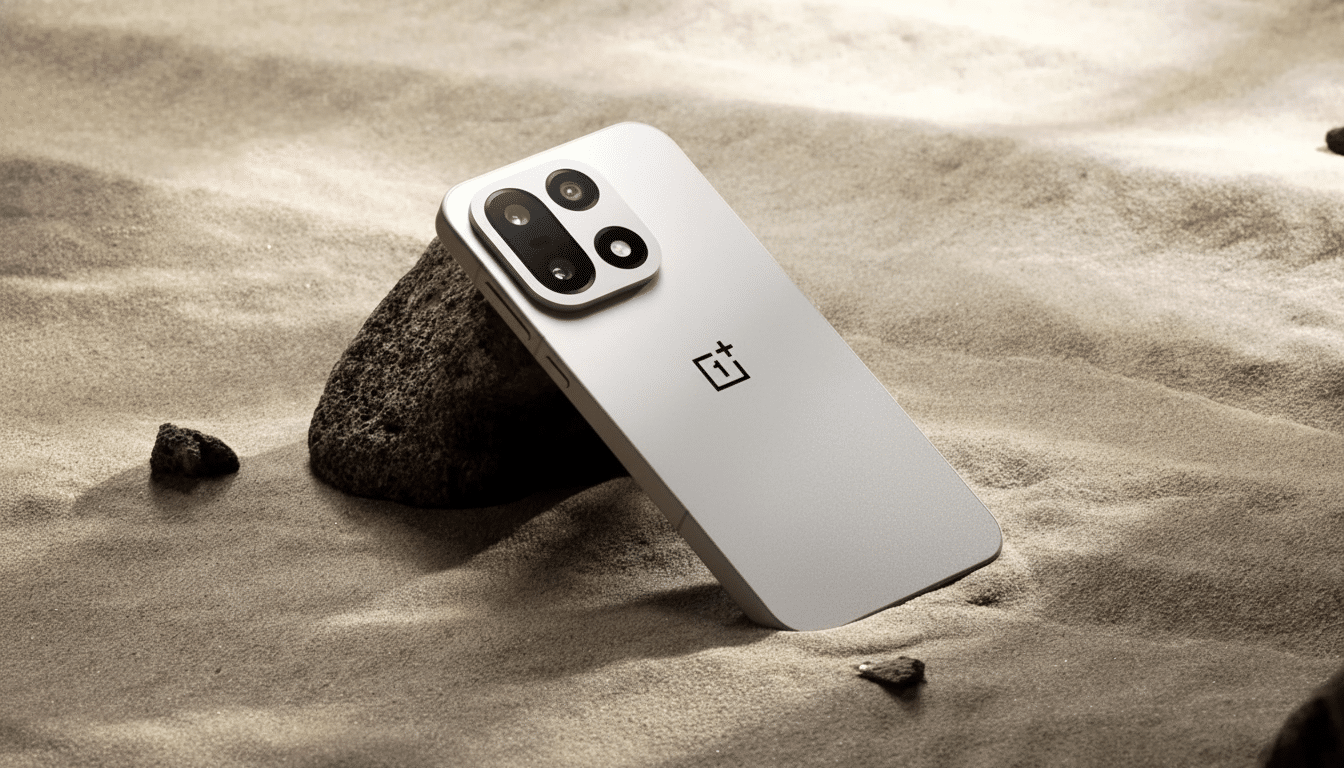OnePlus has announced that the OnePlus 15 will launch with a massive 7,300mAh battery.
That’s far larger than what we’d see from your run-of-the-mill Android flagship and notably eclipses the Galaxy S25 Ultra’s still-considered-large-if-dense 5,000mAh pack. The spec sheet, plus 120W wired and 50W wireless charging, suggests a phone that doesn’t want to compromise on battery life but also doesn’t want to sacrifice speed.

A 7,300mAh battery pack confirmed for the OnePlus 15
Announcing it on Weibo, OnePlus shared the 7,300mAh number along with some fast-charging info. That’s an improvement of over 20% compared with its last flagship at 6,000mAh and a huge leap beyond what the premium market has been offering — which Counterpoint Research estimates stands somewhere between 4,800–5,000mAh for top-tier models.
We should expect a dual-cell design at around 28Wh of nominal energy, which makes it possible to have high charging wattage without getting too hot.
OnePlus didn’t spell out the chemistry, but we’ll eat our socks if that capacity jump isn’t thanks to matrix formulations that include a silicon-carbon anode blend for higher energy density — an approach already adopted across some Chinese OEM supply chains through ATL and Sunwoda.
How It Compares With the Galaxy S25 Ultra
There’s a 46% difference in capacity here on paper, so basically, the OnePlus 15 offers more. Day-to-day real-world longevity will still depend on display behavior, modem efficiency, and chipset power draw — but the head start is tough to ignore. OnePlus has also teased a 1.5K display that supports 165Hz, presumably underpinned by LTPO for adaptive refresh to reduce power use when showing static content.
The battery will be coupled with Qualcomm’s latest flagship silicon, which usually sees iterative efficiency jumps from the generation above. That combo could make actual two-day usage plausible for moderate users even with higher refresh rates turned on, if OnePlus can keep background processes and network management tightly honed.
How Charging Speeds Can Affect Battery Health
OnePlus 15 will carry 120W wired charging and 50W wireless charging, with bypass charging to directly power the phone while gaming and reduce heat-related wear. Historically, US variants of OnePlus flagships have topped out at around 80W because of regional standards, so be sure to watch local spec sheets.

And in the real world, modern 120W systems can get close to a fill-up in about half an hour or so, though the bigger 7,300mAh capacity may stretch that into the low 30s depending on thermal headroom and charge curves. Even in wireless, 50W would usually take a proprietary stand to get peak rates. You can expect certification badges that may include TÜV Rheinland Safe Fast-Charge System approval, as well as compliance with regional safety bodies such as CCC or UL.
Speed is not faster forever and always. Its most recent phones have had a Battery Health Engine that aims to cap capacity at about 80 percent after around 1,600 cycles — some four years’ worth of daily charging — by managing current and temperature during charges. If those protections translate over, the 15’s gargantuan pack will not just be big for day one; it should age well too.
Design trade-offs and thermals for a larger battery
Putting 7,300mAh into a conventional flagship makes you wonder about thickness and weight too. For reference, gaming phones with 6,000–6,500mAh batteries are in the 225–235g range usually. OnePlus will require blistering internal packaging — stacked PCBs, bigger vapor chambers, graphite layers to help with heat both from the SoC and high-wattage charging — to handle all of this without the phone becoming a palm-scorching brick.
This gets even more important for a 165Hz panel and prolonged camera or gaming use. Along with a nice awareness of how to manage heat dissipation and intelligent charging profiles that step down input power as cells hit higher states of charge to maintain comfort and long-term health.
What to watch next before the OnePlus 15 launch
Key open questions:
- Do we get the charger in the box?
- Will regional models be charge-limited differently?
- How conservative will the software be with refresh rates and background tasks to ensure we’ll see all the benefits of that 7,300mAh ceiling?
For capacity-focused phones, independent lab testing from sources we trust that benchmark endurance and charging efficiency should help translate capacity into real hours — screen-on time, 5G standby drain, a day of camera-heavy use. For now, though, the headline is resoundingly clear: On battery capacity alone, the OnePlus 15 sets a new high-water mark for mainstream flagships — and puts the S25 Ultra on notice.

